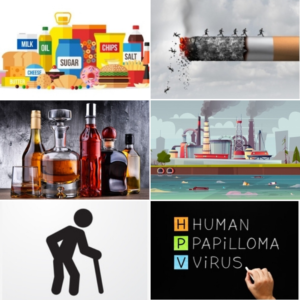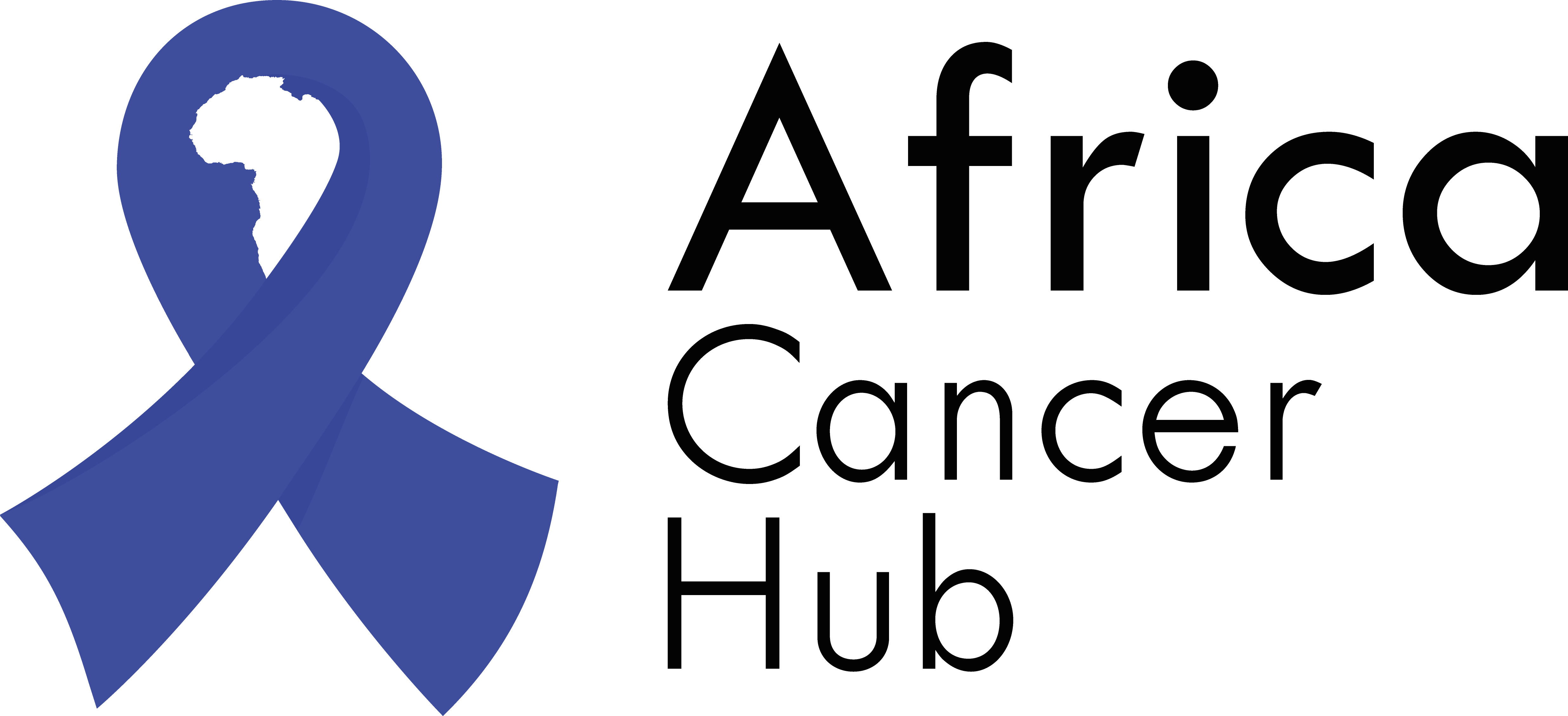
Cancer is a set of diseases that can be linked to many possible causes and risk factors. This happens when there are DNA mutations within our body cells or accumulated damage to body cells.
Please note that some cancers cannot be linked to a specific cause. But there are some common causes/ risk factors for cancer which can be broken down into:
- Genetics and family history
- Environmental factors
- Exposure to radiation – ionising radiation x-ray, soil radon and non-ionising -sun’s UV
- Lifestyle and diet
- Work related causes
- Virus/Bacteria
- Certain drugs
What happens to cancer cells at the molecular level?
Our body comprises trillions of cells. These cells are continuously going through the process of division, growth, and death. DNA of the cell is a molecule which controls all these processes. During development, cells divide to grow and mature. While during the adult phase or mature phase, cells only divide to replace the damage due to worn-out cells.
When these body cells start growing out of control, they can become cancerous. The growth of cancer cells is different from the growth of body cells. Cancer cells do not undergo apoptosis (or cell dying). They continue to grow and divide and form abnormal lumps. In some cases, these cells can even invade the surrounding structures and tissues.
When damage occurs in the nucleus of the body cells, cancer starts. DNA is the only structure that directs the protein synthesis, repair, growth, and action of the cell.
In our daily life, normal processes of aging, apoptosis, and senescence help the body to prevent cancer formation. While in cancer, the damage of DNA is irreparable, and cells do not die at the end of the process. Instead, the cancer cells start multiplying and mutating uncontrollably.
DNA structural damage can be inherited from parents or can occur spontaneously due to other lifestyle factors. The spontaneous alterations in the structure of DNA are mutations.
Causes of cancer:
The process through which the formation of cancer cells starts is mutation.
Mutations cause abnormal alterations in the gene’s DNA. Mutations lead to changes in the base sequencing of the DNA. A slight difference or change in one base of DNA can produce a significant health effect.
Scientists believe that cancer cells undergo more than one type of gene mutation. If someone has an inheritance of a mutation in a gene, their cells may continue with it. These mutations provide enough base for cancer cells to reproduce. It is the reason why most inherited diseases appear in the early stages of life in comparison to other cancers.
Causes of gene mutation
According to research, there are several risk factors for mutations of the genes.
Genetics
Family link is the most significant cause of gene mutations. These histories mostly run through areas having malnutrition, less protective facilities, and more exposure to devastating elements. Africans and Asians are more susceptible to cancers in comparison to other races.
The most common examples of genetic cancers are:
- Ovarian cancer and breast cancer (due to BRCA1 and BRCA2 gene)
- Fraumeni syndrome due to p53 gene leading to the brain, soft tissue, breast, and bone cancer
- Down syndrome leading to testicular cancer and leukaemia
- Wiskott-Aldrich and Beckwith-Wiedemann syndrome
- Colorectal cancer
Environmental factors
Environmental factors are normally caused by cancer causing substances called carcinogens. Carcinogens are compounds that are capable of causing mutations. Several toxins and chemicals can cause changes in the structure of the cell at the DNA level. These substances are the mutagens, which lead to the formation of cancers. Thus, we know them as carcinogens. Environmental factors include:
- Exposure to Radiation
Several ionizing radiations are also capable of inducing carcinogenic activities.
- UV rays directly come from the sun, which can alter the composition of the cell. Another source for UV rays is through man-made equipment and gadgets.
- Gamma rays and X-rays are another risk factor for mutations.
- Radon is an odourless and colourless radioactive gas. Long-term exposure to this gas can result in lung cancer.
Long-term exposure to these radiation sources can cause skin malignancies and melanomas.
- Smoking
Tobacco smoke contains lots of chemicals, of which about 70 are carcinogenic.
The most common chemicals are:
- Ammonia
- Nicotine ( this is the addictive substance that produces the effect tobacco has on them)
- Lead
- Arsenic
- Hydrogen cyanide
- Uranium
- Formaldehyde
- Polycyclic aromatic hydrocarbons
- Benzene
- Nitrosamines
- Carbon monoxide
The soils and fertilizers for the harvest of tobacco use radioactive elements. When the tobacco leaves make tobacco products, these radioactive elements come out from the burning of the product. When a smoker smokes these products, these elements go back into their lungs through inhalation. It is how smokers are more susceptible to developing lung cancer.
The use of tobacco is more common in developing countries as in areas of Asia and Africa. The individuals of these areas do not have facilities to avoid interaction with environmental toxins and tobacco products. Most of these individuals have to work in a remote area with no protective measures.
- Diet & Exercise
Having a bad diet, being overweight and lack of exercise increase the risk of several cancers like breast, colon, rectum, womb and some others. Being obese can also cause cancer as the excess fat is used to make and circulate the hormones that can cause cancer growth.
Also, not being physically active can also increase the risk of some cancers. Exercise controls blood sugar and limits blood levels of insulin growth factor, a hormone that can affect how cancer cells grow and behave. Increased exercise will increase blood flow and circulation to your gastrointestinal system so that carcinogens will be excreted faster and not have the chance to be absorbed into your system.
Include more colour in your diet through fruits and vegetables as they have lots of cancer fighting nutrients and high fibre. Aim for 4-7 hours moderate exercise a week and limit your alcohol intake.
- Work related toxins-
Some people who work in certain jobs have a higher risk of developing cancer because of exposure to certain chemicals ,gases, asbestos, mineral oils ,and to too much sun.
- Viral and bacterial infections .
Some viral and bacterial infections will also greatly increase the risk of getting cancer. One of them is the HPV virus, which is transmitted through unsafe sex and is the major cause of cervical, oropharynx, anal, vulva and vaginal cancers. Epstein Barr virus (may lead to lymphoma), and Helicobacter pylori (cause of gastritis) are also common causes for genetic mutation.
References
- https://www.cancerresearchuk.org/about-cancer/causes-of-cancer
- https://www.cancer.org/cancer/cancer-causes/genetics/genes-and-cancer.html
- http://www.who.int/nmh/publications/fact_sheet_cancers_en.pdf
- http://www.creatingtechnology.org/biomed/cancer.pdf
- http://www.netofcare.org/content/pdf/6-spec_illness-cancer.pdf
